By the late 1920s, Hungarian architect and designer Marcel Brauer had designed several pieces of furniture with tubular structures inspired by bicycle handlebars, including the iconic Wassily Chair and the Cesca chair.
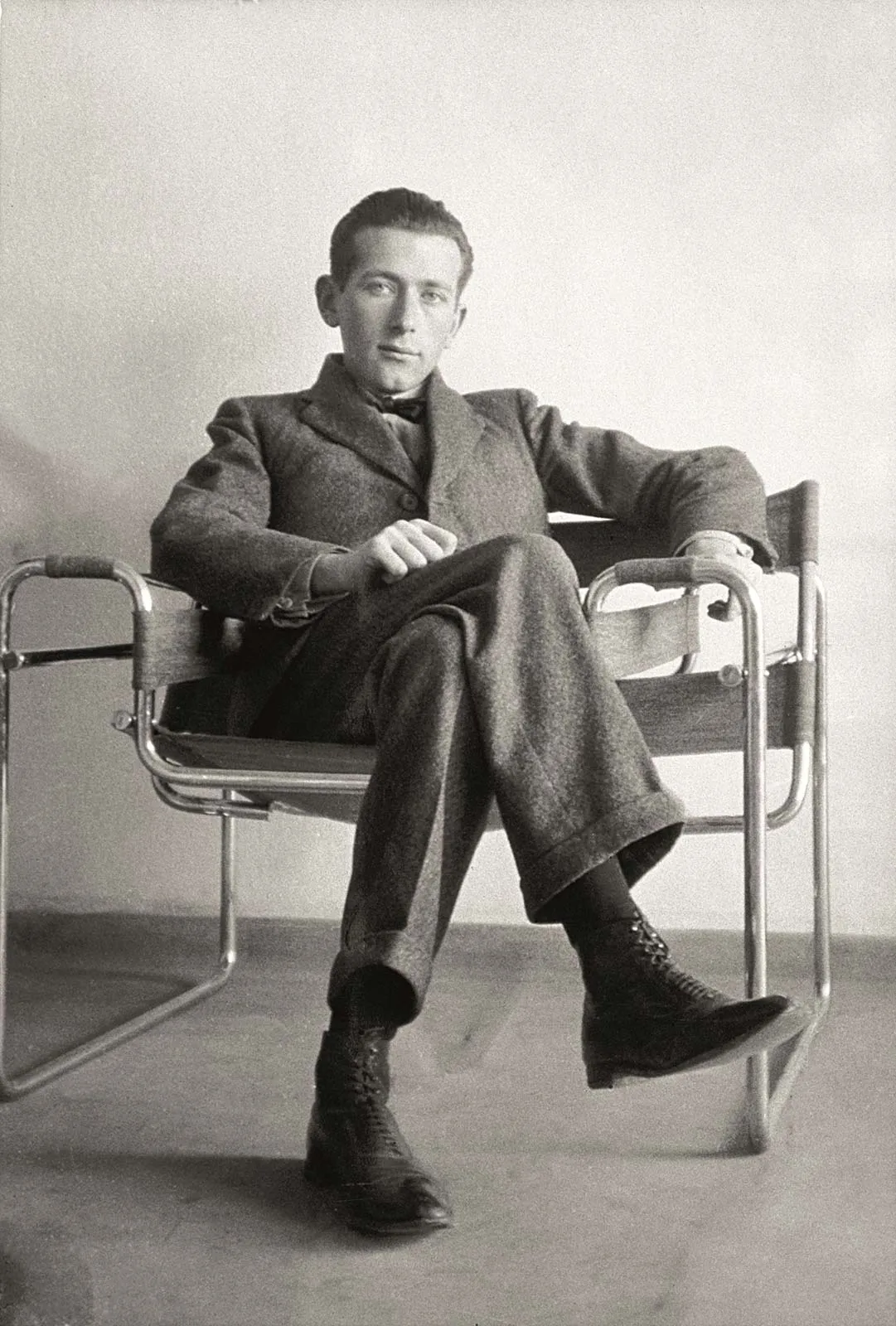
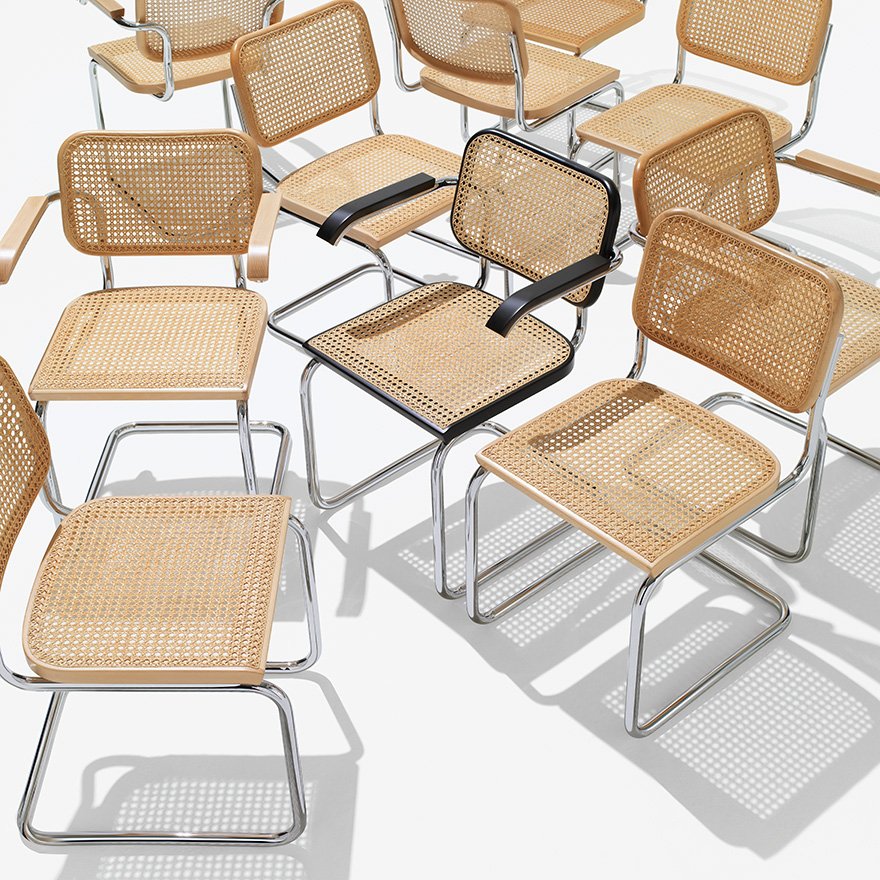
The Cesca chair, also known as B32, is considered one of the ten most famous chair designs of the 20th century and one of the symbols of the Bauhaus.
The innovative design of the Cesca chair, which was not yet called by that name, is based on a mass-produced tubular steel frame. The cantilevered backrest and seat are made of interwoven straw in a beech wood frame. Breuer combined two essential Bauhaus concepts: serial industrial production and handcrafted processes.
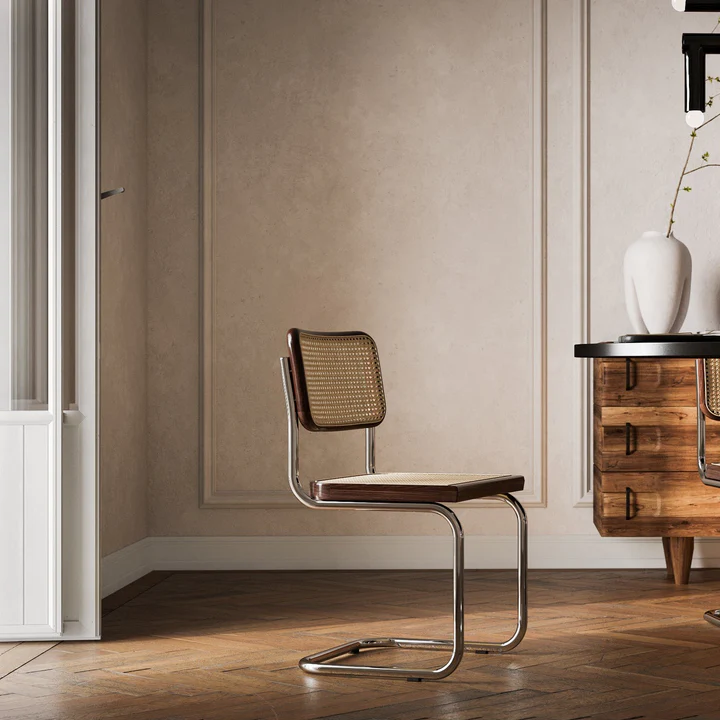
In 1929, German designer Michael Thonet, famous for creating the wood bending technique and producing the coffee chair n°14, began production of Breuer’s design under the name B32. For his part, the Dutchman Mart Stam presented a similar design in Germany in 1927, precisely at the Weissenhof Siedlung, a modern design salon in Stuttgart where the director was Mies van der Rohe. Stam’s design was inspired by gas tubes applied in industrial design.
This generated a great controversy, as both designers were on trial for the authorship of the chair. Stam was left as the creator of the cantilever technique and Thonet began producing his design in 1931 as the S43 chair. After the trial, Thonet also began producing the B33, a variant of the B32. The difference between these chairs was that instead of using straw, the chair was made of leather.
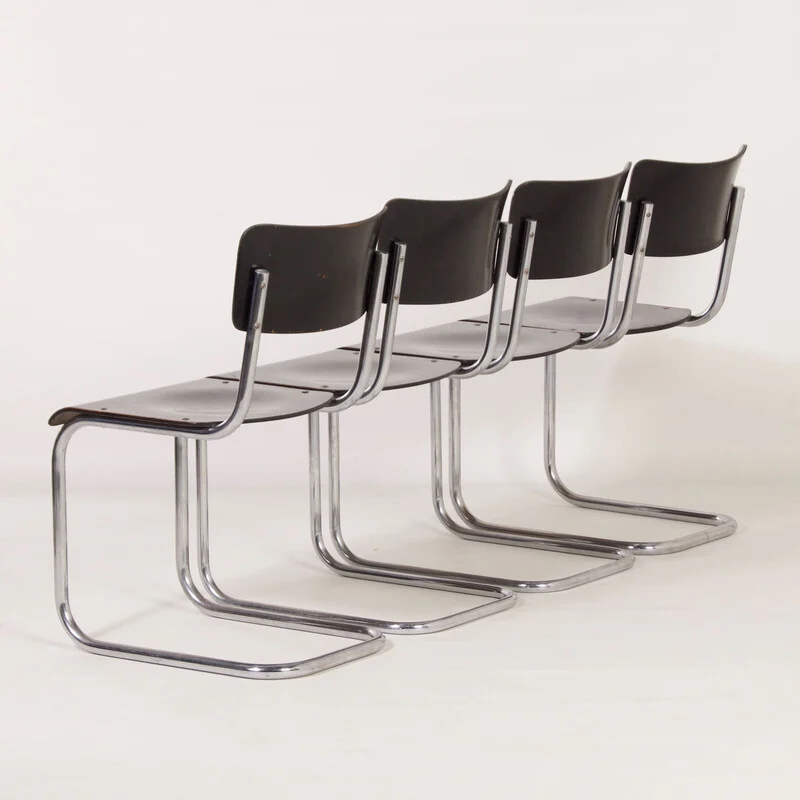
Despite this controversy, Breuer was regarded as the designer of the Cesca chair. In the 1950s, Breuer assigned the rights to the B32 to the Italian firm of Dino Gavina. It was then that it took the name Cesca chair, after Breuer’s daughter, who was named Francesca.
Although Breuer never worked directly for Knoll, which specialized in modern design, the architect was an influential figure in the company’s history. He mentored Florence Knoll during his time in the office of Walter Gropius in the 1930s. It was largely the Breuer Collection that motivated Knoll to acquire Gavina in 1968. Along with the Wassily chair, the collection included the Cesca chair and the Laccio table collection.
Initially, the Cesca chair was designed without arms. These were later included in the design, with the possibility of creating variations with plastic and other types of wood.
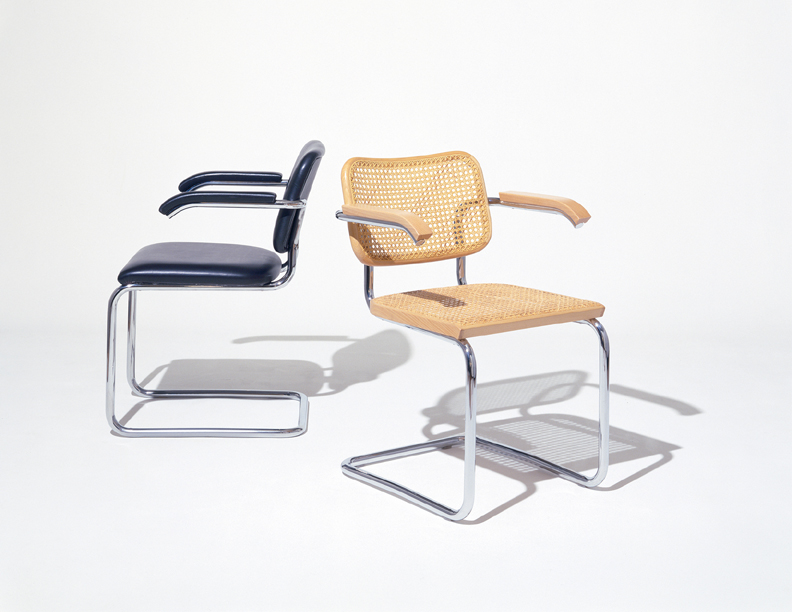
Today, Knoll is the only company authorized to manufacture the Cesca chair. For this reason it bears the Knollstudio logo and Marcel Breuer’s signature on the base as an element to recognize whether the piece is an original or a replica. The price is approximately USD 970.
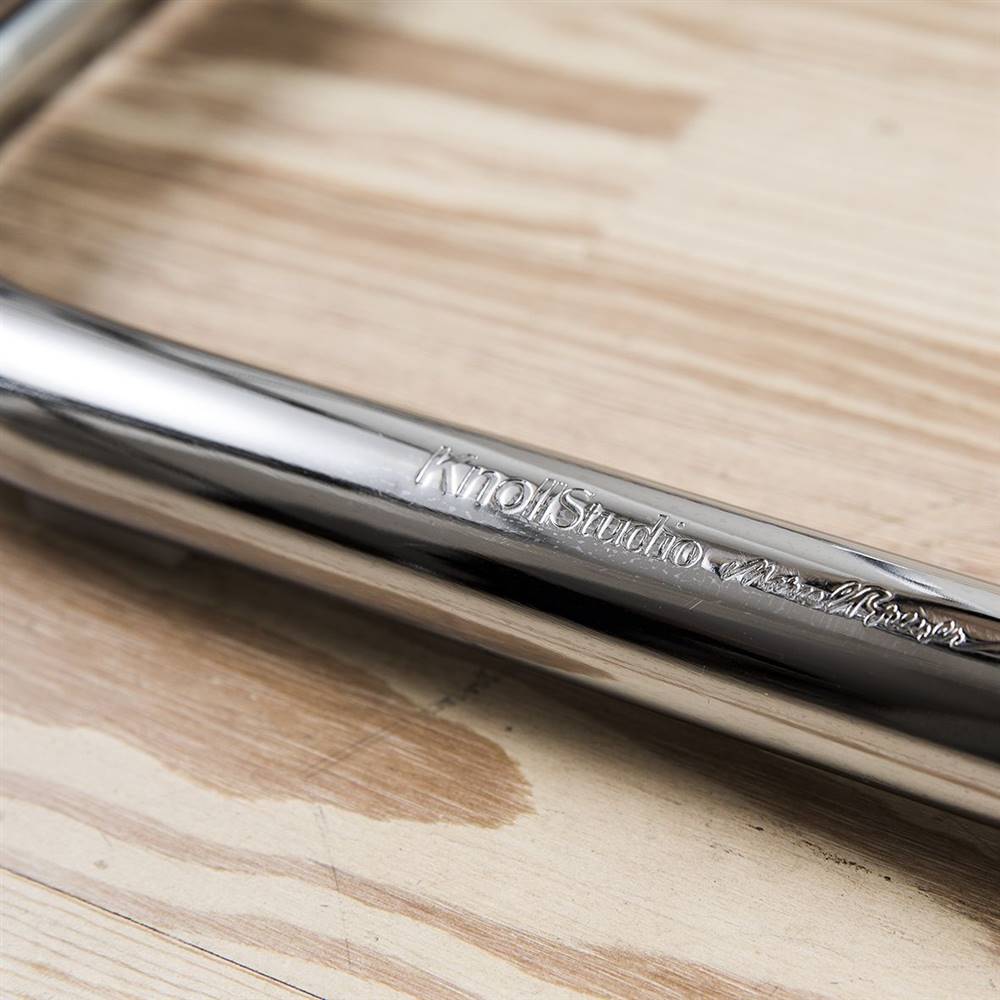
The Cesca chair has become an icon of modern design; with almost 100 years since its creation, it is a versatile piece that is still relevant today and adapts to various styles, including modern, Nordic or Mid-century Modern.
The B32 chair is in the permanent collection of the MoMA in New York.
